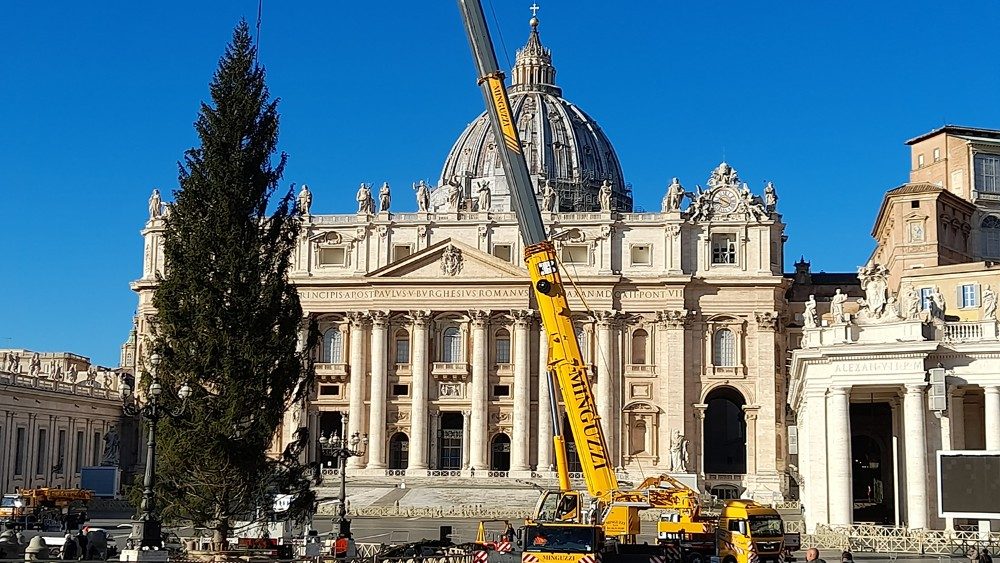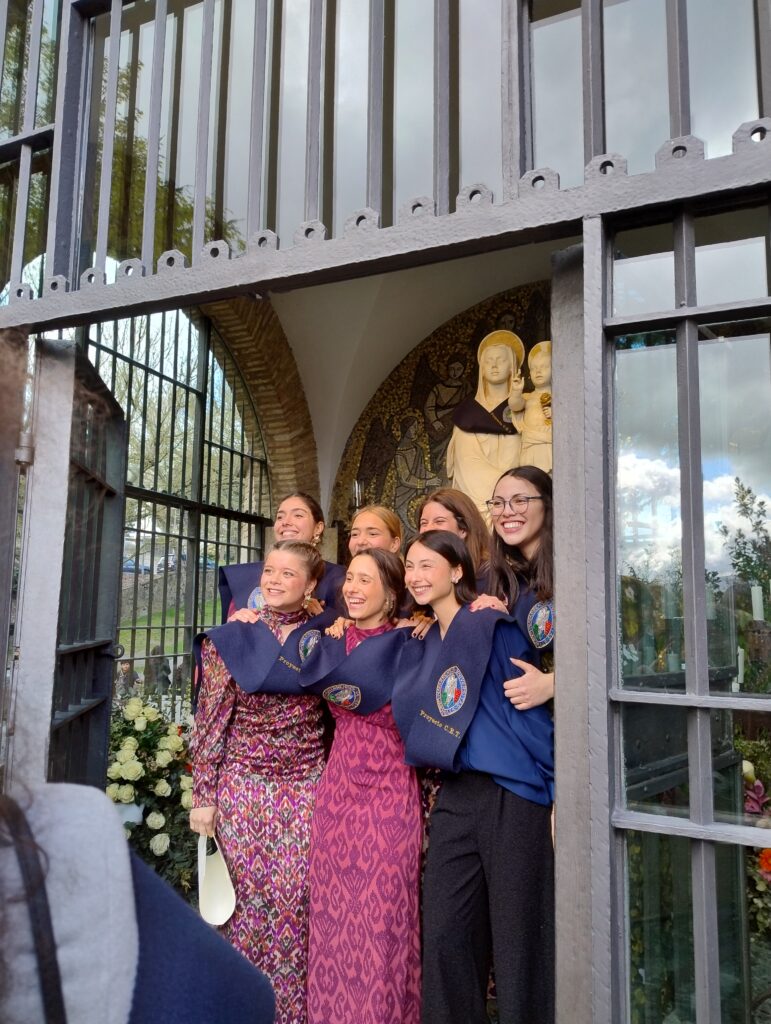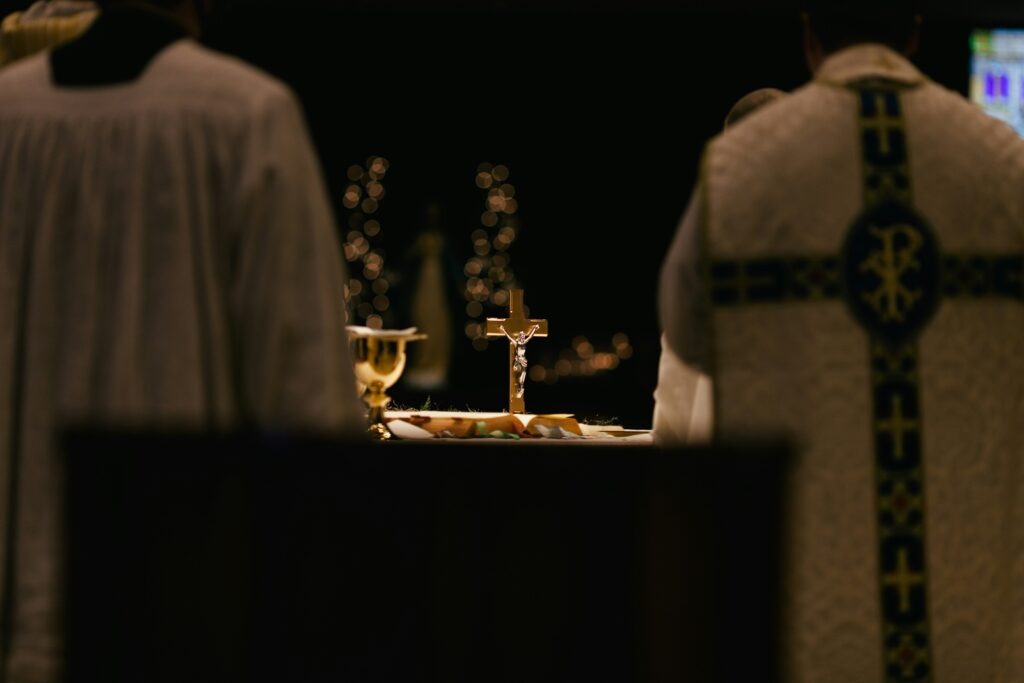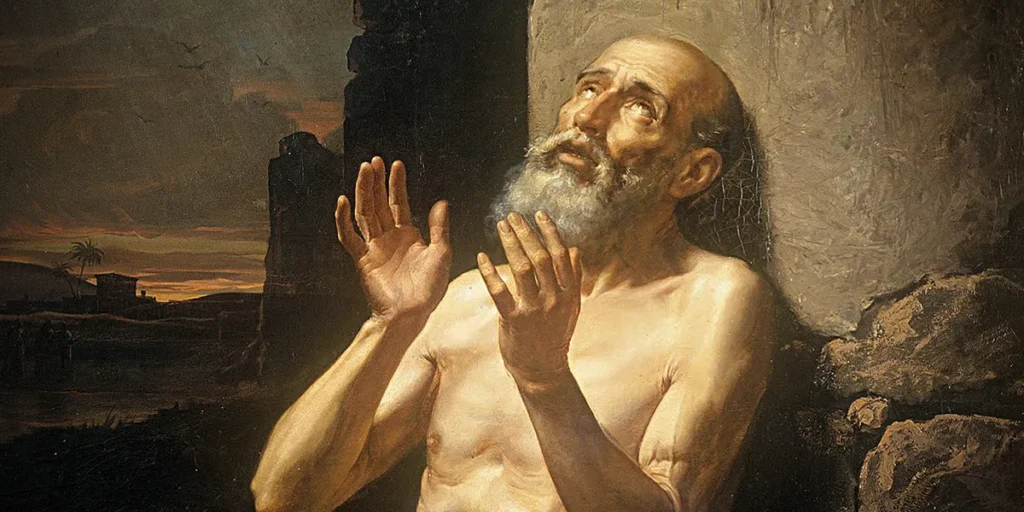Inauguration of the Rieti Valley Crib and the Cuneo Tree
Bethlehem of San Pedro will commemorate the 800th anniversary of the crib of San Francisco

The white fir tree will come from Macra, a municipality in the upper Maira Valley, in the province of Cuneo. The decoration will be inspired by Laudato Si’. The inauguration will take place on Saturday 9 December at 17:00.
800 years ago, St. Francis of Assisi wanted to create the first crib and Pope Honorius III (1216 to 1227) approved the Franciscan Rule or the Rule of the Order of Friars Minor. In memory of this double anniversary, this year the crib in St. Peter’s Square and the Paul VI Hall will come from the valley of Rieti, in the diocese of Rieti, while the monumental Christmas tree will come from the upper Maira valley, in the municipality of Macra, in the diocese of Saluzzo and province of Cuneo.
The traditional inauguration of the Nativity Scene and the lighting of the Christmas tree will take place in St. Peter’s Square on Saturday 9 December at 17.00 hours. The ceremony will be presided over by Cardinal Fernando Vérgez Alzaga, President of the Governorate of Vatican City State, in the presence of Sister Raffaella Petrini, Secretary General of the same Governorate. In the morning, the Delegations of Rieti and Macra will be received in audience by Pope Francis for the official presentation of the gifts.
The Christmas of St. Francis in 1223
The idea this year is to relive in St. Peter’s Square the atmosphere of Christmas 1223, when St. Francis, returning from a journey to the Holy Land, asked to recreate the birth of Jesus, to do so in a village that reminded him of Bethlehem: Greccio, a village in the Rieti area nestled among the rocks at an altitude of 700 metres above sea level.
St. Peter’s Square is thus transformed into an ideal Greccio, where around the crib and the ox and donkey are placed some characters: those who fulfilled St. Francis’ wish, such as the nobleman Giovanni Velita and his wife Alticama, three fellow friars of the Saint and some shepherds. The memory goes back to Tommaso da Celano, who described the first living nativity scene in history. It has been chosen to imagine what happened then through an artistic representation. The scene sees in the centre the grotto of Greccio in front of which a Friar Minor celebrates mass in the presence of St. Francis holding the Child and the Virgin. Next to him, St Joseph in adoration and the ox and the donkey.
The structure recalls the rock of the Sanctuary of Greccio with a symbolic embrace of the colonnade in St. Peter’s Square and is placed on an octagonal base in memory of the eight hundred years of the event. Around it is a basin in which the river Velino flows with its waters that reach from the Sacred Valley to Rome. The water also alludes to the Canticle of the Creatures and to the millenary history of the valley, so rich in water, to which the vicissitudes of the peoples who inhabit and have inhabited it are linked.
The representation also refers to the four Franciscan sanctuaries and the city of Rieti. The work was created by skilled craftsmen who interpreted the design of the nativity scene artist Francesco Artese. The life-size figures are in painted terracotta (head, hands and feet) mounted on an iron frame in period costume (1200).
Venetian glass tiles in the Paul VI Hall
Also in the Paul VI Hall, thousands of Venetian glass tiles will narrate the representation of the birth of Jesus. To welcome him, as eight hundred years ago, St. Francis and St. Clare who, although not present on the night of Greccio, symbolises the presence of the feminine universe of Franciscanism.
The Child is wrapped in a white cloth, while a blue stele reaches to the ground to envelop Saint Francis kneeling with open hands. This, in the artists’ intention, represents water, the source of life. Almost behind the saint, Saint Clare appears, dressed in the sober style of the Poor Clares, her face half-covered by an almost black veil and her tunic of dark purple.
Clare’s hands seem to be resting on Saint Francis. Different haloes are used to emphasise the different roles of the figures. The transparent and opaque tiles of Venetian enamelled glass with plain yellow-gold edging for the Child, the Virgin and Saint Joseph. The transparent and opaque Venetian enamel tiles with white gold trim for Saint Francis and Saint Clare. The face of the Child is small and luminous, Mary wears a blue mantle with stars inside it to represent infinity, the tunic is red. The Virgin’s hands hold the Child to present Him to the world. Saint Joseph is dressed in earth-coloured clothes. The work is by the mosaic artist Alessandro Serena, from Spilimbergo (Pordenone).
After the exhibition in the Vatican, the monumental works will be permanently exhibited in the city of Rieti.
The tree in the spirit of Laudato Si’
As for the fir tree, almost 25 metres high, it comes from a particularly green area, the high alpine valley that takes its name from the stream that runs through it: the Maira, in the municipality of Macra, where hundreds of thousands of indigenous plants grow side by side in immense forests. The municipality of Macra has managed to become the meeting point between the lower and upper Maira valley, a place of rest and exchange. The municipality is located at an altitude of 875 metres and consists of 17 villages and hamlets. It was born in 1928 from the merger of Alma and Albaretto, created as autonomous municipalities in 1602. And it is precisely from the parishioners of Albaretto di Macra, a few inhabitants proud of the traditions of the highlanders and strongly motivated to revive them, that the initiative to donate the Christmas tree to Pope Francis was born. It is the will to redeem a small community that, with its gesture, wants to give testimony of its closeness to the Pontiff. The donation was made possible thanks to the contribution of the municipality of Cuneo.
One particularity concerns the decoration, which is in the spirit of care for the Common Home, in the spirit of Pope Francis’ encyclical “Laudato si”. It is very different from previous years, and is characterised by the decoration of the tree with thousands of Edelweiss flowers from the company Edelweiss Piumatto of Villar San Costanzo. They symbolise the snow and bring to St. Peter’s Square the flower that characterises the Maira valley. It is very important to note that the edelweiss live in their natural state at an altitude of over 1800 metres. The company, whose aim is to protect the environment, cultivates them on the plain without compromising those in their natural state, which is why they are preserved in this way to protect the typical mountain flora.
As usual, the lighting and the ceremony will be set up by the Infrastructure and Services Directorate of the Governorate and the Events Coordination of the Governorate. The tree and the Nativity Scenes will remain on display until the end of the Christmas Season, which coincides with the Feast of the Baptism of the Lord on Sunday, 7 January 2024.
 (EN)
(EN)
 (ES)
(ES)
 (IT)
(IT)





